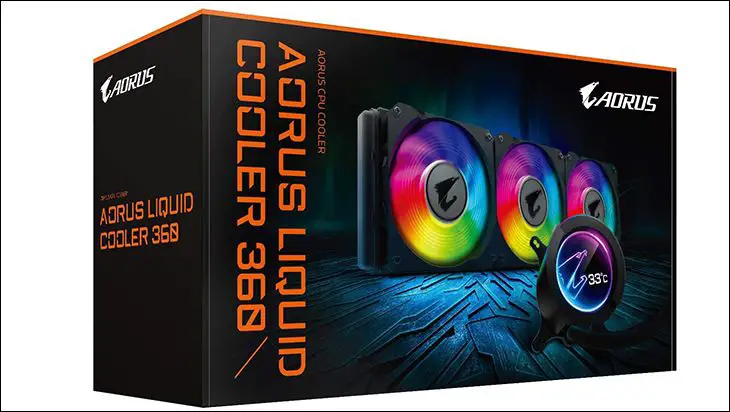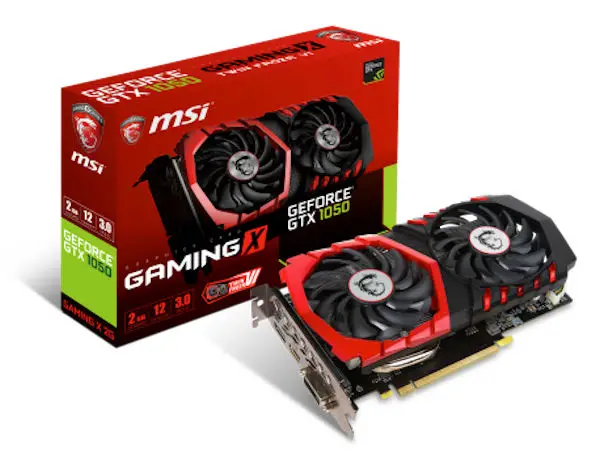
Let us start with the obvious. This is not a Zen 2 based design. Instead it is a Zen+ based model. This however is still an improvement over the last gen Ryzen 5 2400G the Ryzen 5 3400G replaces. In simplistic terms the AMD Ryzen APU team is slightly behind the development curve compared to the AMD Ryzen CPU team. When you think about it this actually makes sense. After all, the core architecture has to first be designed, tested and then implemented before the APU designers can get their hands on it. Regardless of the reason, the end result is the same: AMD Ryzen APU’s have been lagged behind the ‘standard’ non-integrated graphics CPU models – and probably always will.
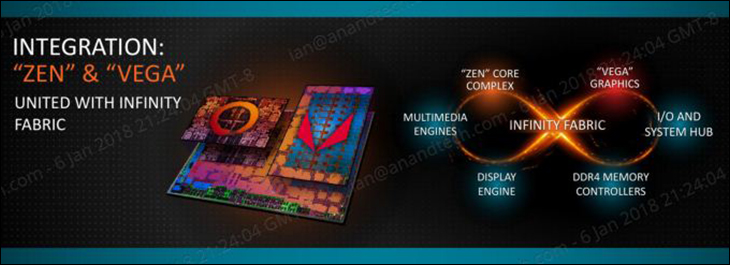
The downside to this is the memory controller, and CPU architecture is older. Still newer than what the Ryzen 5 2400G used… but older. In this instance it means the Ryzen 5 3400G is not PCIe 4 capable. Instead it still is PCIe 3.0 based. This in turn means the Infinity Fabric interconnect is half the width of Zen 2 models. Also, the controller is the older one found in last generations Zen+ Ryzen 2000-series CPU models. This combination means the integrated RX Vega 11 Compute Units are still going to be bit bandwidth starved as they rely upon the DDR4 memory bus.
The upside is the Ryzen 5 3400G does not require, let alone demand, AMD 500-series chipset-based motherboard. In fact, just about any AMD AM4 motherboard from the last couple of generations will work with this model. All that is required is the proper HDMI/DP/etc. monitor ports and the motherboard manufacture updating the BIOS. This certainly will be a boon to those on a tight budget – which describes the average APU buyer to a ‘T’.
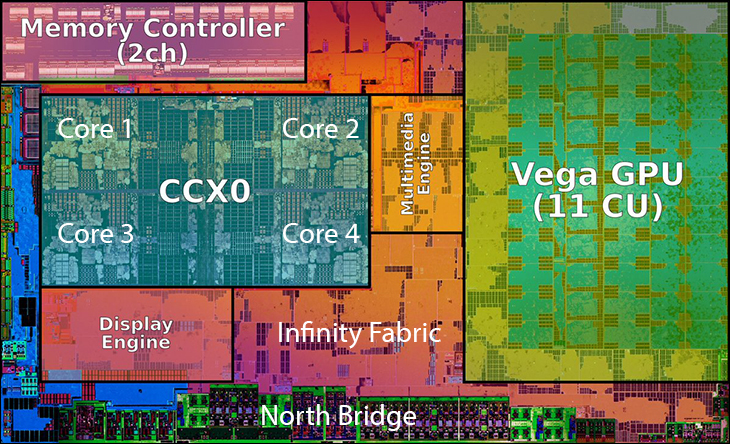
In between these two extremes is the fact that the Ryzen 5 3400G does not offer an improvement in core count nor Compute Units. Instead it still has a 4core/8thread CCX, with 11 RX Vega compute units. Just like the Ryzen 5 2400G. It also has the exact same amount of cache, and same 65watt TDP rating. On the positive side AMD has been able to use a smaller 12nm fabrication process and as such were able to noticeably boost frequencies without worry about the chip melting through the motherboard, your home, and all the way to the center of the earth in a quasi ‘China Syndrome’ meltdown.
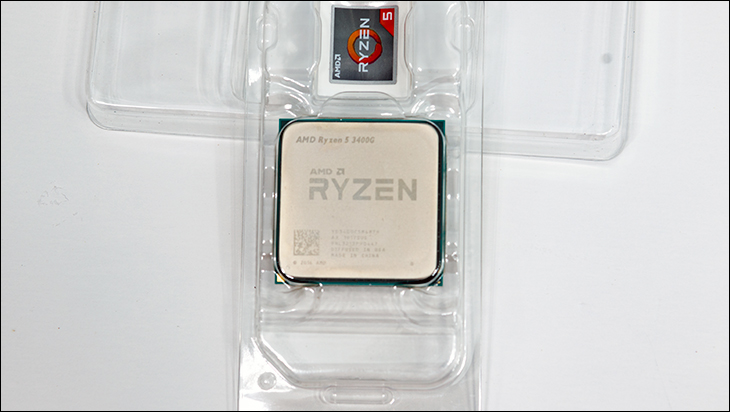
To be precise instead of an all core frequency of 3.6GHz and single core boost of 3.9 on the ‘CPU side of the equation, the Ryzen 5 3400G comes set to 3.7Ghz and a boost rating of 4.2GHz. Even more impressive, for the target audience, is the RX Vega 11’s frequency has been (pardon the pun) boosted from a fairly lackadaisical 1250MHz to a peppier 1400MHz. This will improve gaming performance. Not as much as more Vega Compute Units would have, but every bit helps.
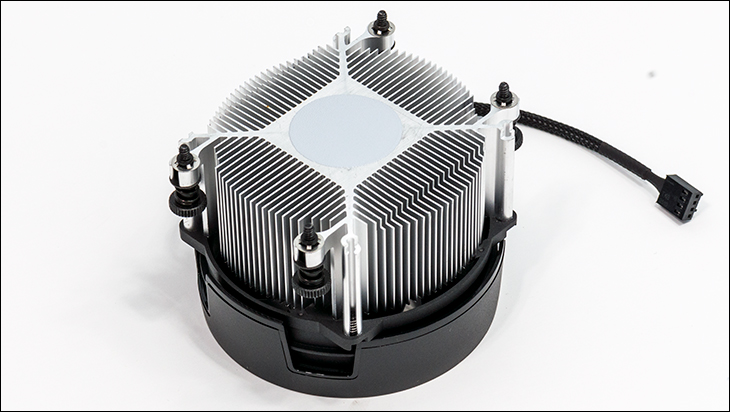
Also improved is the included cooling solution. The last generation Ryzen 5 2400G came with a low profile ‘Wraith Stealth’ cooling solution that is/was very reminiscent of what Intel ships with some of their CPUs. Put another way, it is low profile and easy to work with but this ease of use comes at the expense of cooling performance. So much so it is doubtful that it would have been capable of handling the Ryzen 5 3400G’s stock settings without significant thermal throttling. In its stead AMD has included their large AMD Wraith Spire cooling solution.
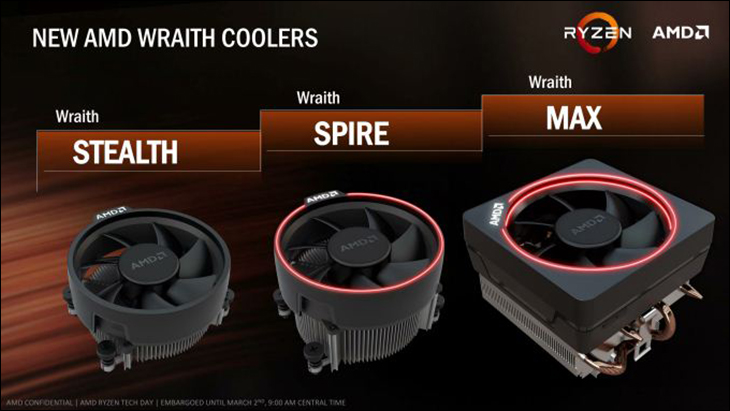
The AMD Wraith Stealth is still a fairly low-profile cooling solution, and still is only rated for 65-watt TDP CPUs, but it can handle the higher loads the Ryzen 5 3400G will place on it and do so at lower noise levels. Of course, for those that plan to overclock their shiny new APU the Wraith Spire will be a limiting factor in the success of your overclocking adventures. Overall, it is not bad for a stock CPU cooling solution and is a nice upgrade from the last generation… which actually is a pretty accurate description of the Ryzen 5 3400G itself.




